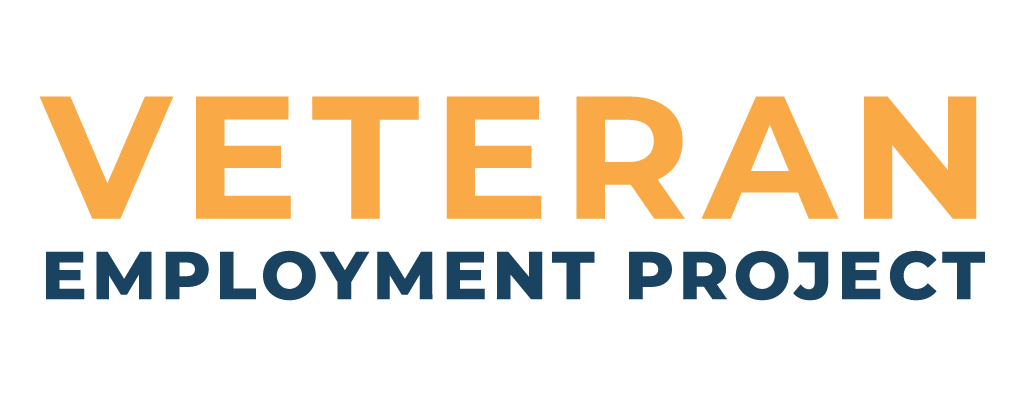"What is the best time to start your military transition?" asked a participant at our recent Reverse Resume Master Class. Most people in Transition World would answer that question with two words: Start early. That is all. As if "early" were an exact date marking the best time to start a military transition.
It leaves you with more questions than answers. How early is early enough? Exactly what month should you rev up your LinkedIn page or start applying to USAJOBS? Is there any such thing as too early?
Believe me, there is. I once heard a defense secretary tell a group of veterans service organizations that the ideal time for a military member to start planning for their military transition was on the day they joined the military. No lie. He was even wearing a tie and shiny shoes when he said it. He thought you should start planning to leave the military the moment you arrive.
It made me wonder whether he ever met anyone in the military. Who could get through boot camp or Officer Candidate School or Parris Island or summer indoctrination at the sweltering U.S. Naval Academy while simultaneously plotting your escape? Who marries someone in the military expecting that they can just get divorced if the whole spouse-job thing did not work out? Planning your exit early is not an aid to success and does not lead to the best time to leave the military.
While I admit that 100% of people who join the military (or marry into it) eventually leave, it is not realistic to start to transition on Day One. Instead, the process usually happens gradually. Once you are sure you are ready to get out, my coaching clients say that it helps to think about military transition as if it were Major League Baseball -- in seasons. Here is the best time to start your military transition and all the attendant "to dos."
6 Seasons of Your Military Transition
The minor leagues (12-18 months). Once you decide to leave the military, you are not exactly in transition, but you are standing at the mouth of the pipeline. This is the time when you and your family talk about where and how you want to live in your post-military life. This is the ideal time to expand your education and/or certifications to signal a civilian employer that you recognize the need to get more familiar with the business of business. This is also a good time to take care of medical problems.
The offseason (9-12 months before terminal leave). This is the season you work with your network to find the answer to The Most Important Transition Question of All Time: What kind of job are you looking for? This is the season to put together your LinkedIn profile and/or update it by connecting with people from your professional past. This is also the season to hook up with a veterans service organization for mentor relationships and transition coaching.
The preseason (6-9 months before terminal leave). This is the season of collecting specific job titles, writing a résumé according to job-listing keywords, updating your LinkedIn profile with new keywords, changing your LinkedIn photo to business attire, conducting informational interviews with allies and advocates, and scheduling coffee with mentors. If you are looking for a job outside the defense industry, this is the time you look hard for military "doors" into civilian business. If you are going to do SkillBridge, work on your pitch to your command now.
Spring training (3-6 months before terminal leave). Since most civilian employers won't want to talk to you until you are within three months of terminal leave (which represents the earliest possible moment you could be available), this is the season where you focus on particular companies and reach out to your network to find out more about how those companies operate. This is the exhibition season where you do informational interviews as if they were the real thing. Get feedback on your interview technique by taking a class or working with a career coach like me.
The season (1-3 months before terminal leave). If you are going to retire, your retirement ceremony gives you a chance to reconnect with everyone on your advocates list and many of the people on your allies list. Just sending an invitation to the ceremony is a silent (and welcome) reminder that your availability is coming up.
If you are separating, this is the season where you start posting pictures about parts of the country where you would like to live. Or you reconnect with everyone back home on social media so they have a heads-up. This is the season where you will be submitting applications, doing phone interviews, lighting up your network and completing your interview training.
The postseason (Everything after your retirement/separation date). In 2019, according to the Pew Research Center, only one in four veterans have a job lined up after they left the military. Help yourself by planning your transition from the military at a time of year where hiring starts to pick up; mid-January, May and September are prime months for transition.
There is no perfect way to identify the best time for military transition, but if you think about it in terms of what transition season you are currently in, you can feel confident that you are on track to get your next job.
Learn More About the Veteran Employment Project
To get more tips on how to make a successful military transition, sign up for one of our FREE Military Transition Master Classes today. You can view previous classes in our video library. Questions for Jacey? Visit our Facebook page.



















